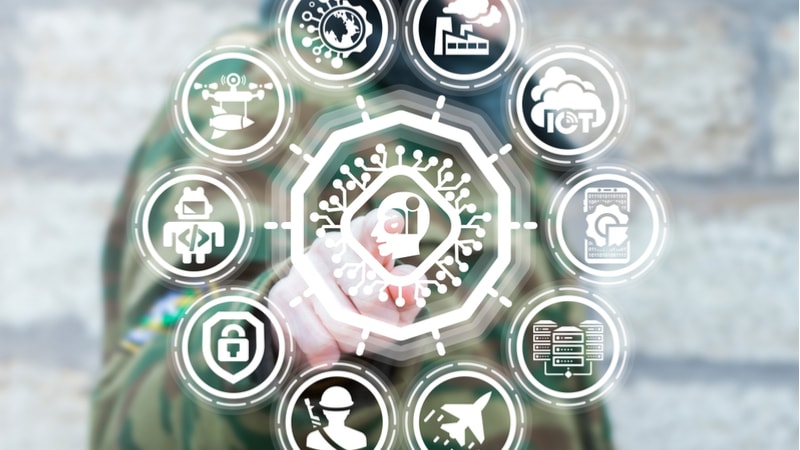
Before the Department of Defense (DoD) can fully embrace new artificial intelligence (AI) technology, the Defense Intelligence Agency (DIA) is doing the behind-the-scenes data prep to get workers and defense technology ready for the transition.
Terry Busch, Division Chief of Integrated Analysis and Methodologies within the Directorate for Analysis at DIA, described the agency’s agile approach to its databases. The Machine-Assisted Analytic Rapid-Repository System (MARS) was developed to reframe the agency’s understanding of data centers, he said, and support the department’s development of AI in the future.
“We saw those coming AI missions. We knew we needed to reframe the technology. So, MARS, Machine-Assisted Analytic Rapid-Repository System, was envisioned and launched,” Busch said at an April 27 National Security Powered by AI webinar.

When the agency first announced MARS in May 2019, it described the program as the “polar opposite of a static acquisition program.” The system was designed to engage users from early development to reduce risk as national security challenges or priorities change and improve continuously.
Busch explained that by understanding everything that goes into the AI algorithms and the confidence levels through a system such as MARS, “users can build trust over time as we move to a more data-centric workforce.”
DIA is directly testing human analysts against machine analysts to better understand this data-driven decision making. Busch said that the program will ask both humans and machines to discern if a ship is in the United States based on a certain amount of information. Then, the researchers will start to take certain sources of information away to see how that impacts confidence levels to help workers understand what goes into AI algorithms and confidence levels.
“The reason we want that … in the future is so that we can project both machine-based AI, as well as human-based AI, and show the differences and tradecraft because it is a more collaborative future that we face,” Busch explained. This process helps the agency explore what happens in the “murky waters” of lower confidence, he added.
Busch continued, “The data is currently outpacing the tradecraft or the algorithmic work that we’re doing. And we’re focusing on getting the data ready … We’ve lifted places where the expert is the arbiter of what is accurate.”
